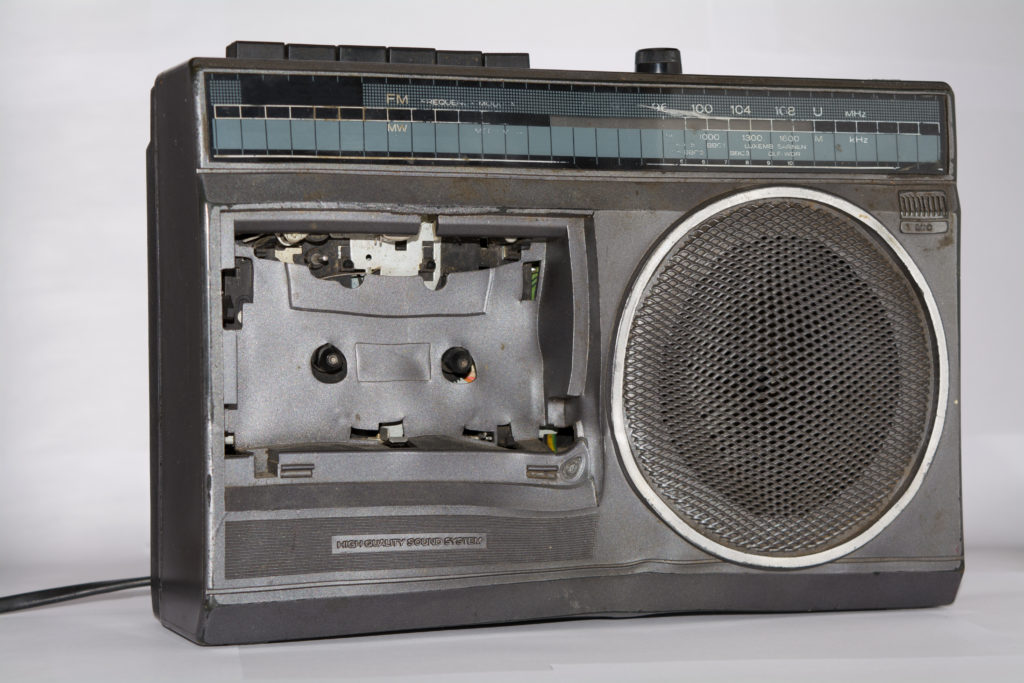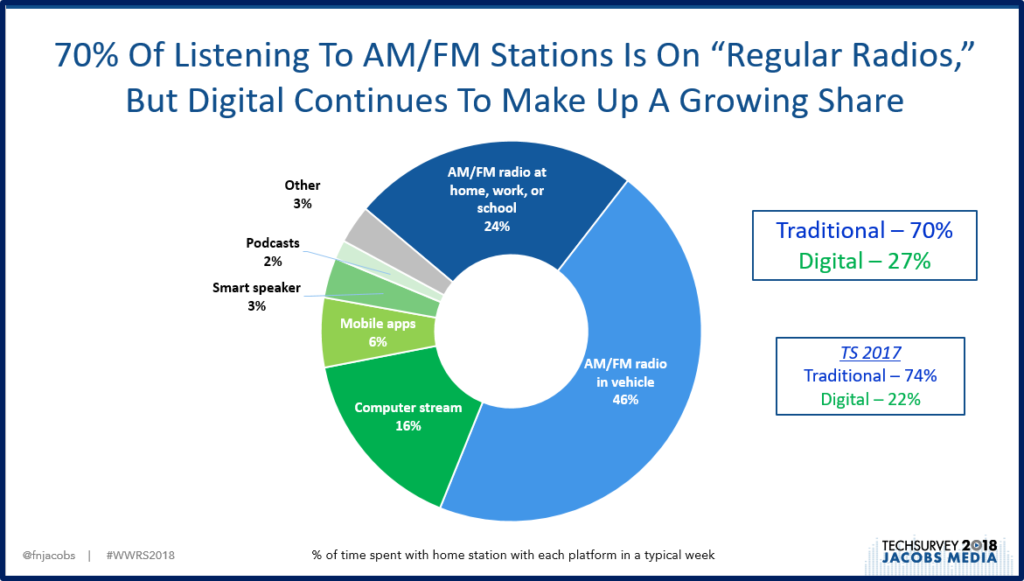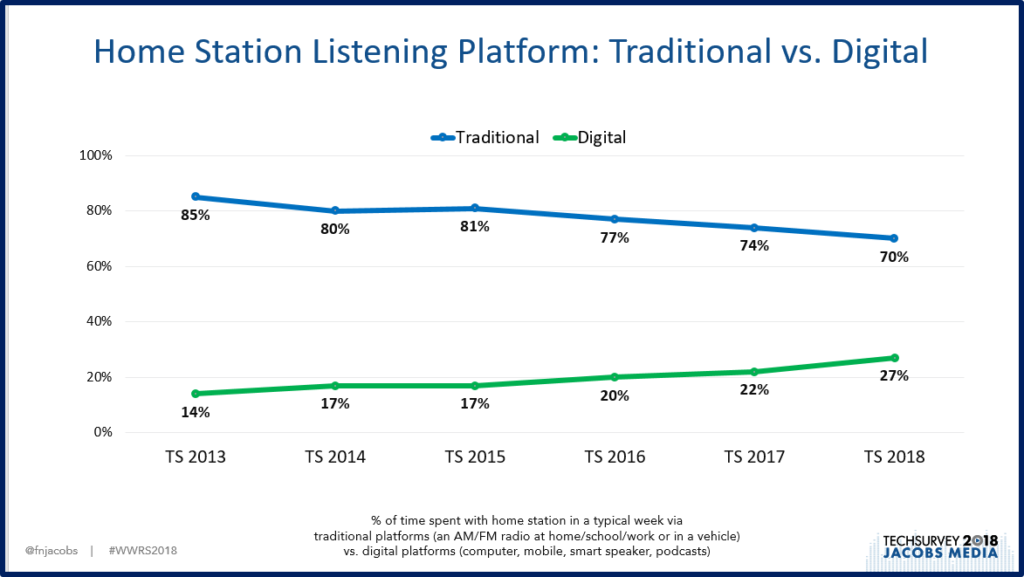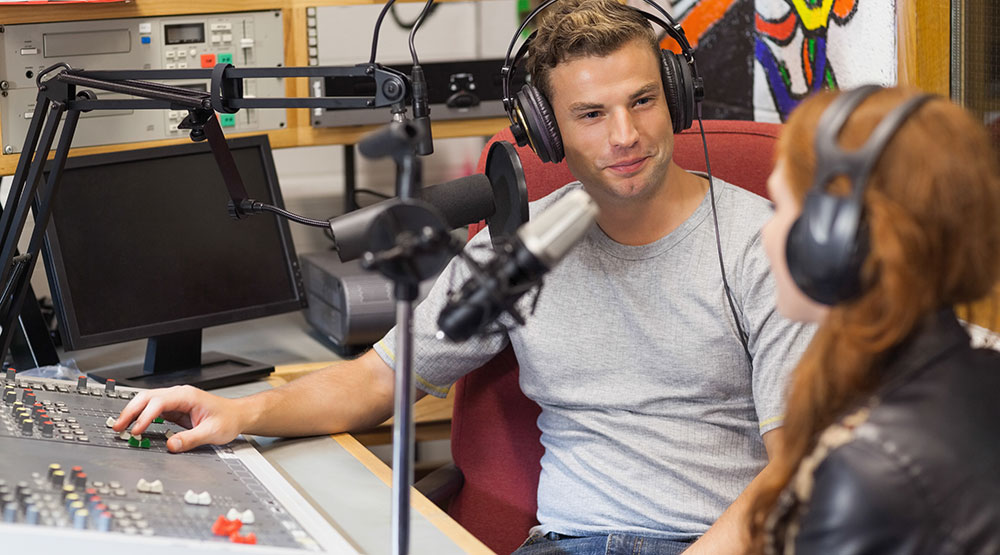
Yesterday’s post illustrated the changing distribution environment for broadcast television content. From cord-cutters to heavy on-demand users, consumers are redefining the ways in which they’re watching “TV.” And we saw indicators that many of the same people moving rapidly to on-demand video delivery channels also tend to be regular podcasting users.
Thus, it’s not much of a leap to assume the rapidly changing content consumption trendline in television is already making its way over to radio. The big TV networks have begun to accept these sweeping changes as the real deal, as they focus more on monetizing streaming and on-demand formats.
On the radio side of the spectrum, the on-demand wave isn’t as sweeping – yet. But our newest Techsurvey suggests more people are listening to “radio” without using a traditional AM/FM radio.
We have been tracking usage to our stakeholder radio stations, and this year we had a record-setting base of more than 560 stations. That tells us there’s growing interest – and concern – in the radio business about tech trends and how they impact broadcast radio today – and will continue to do so in the future.
In one question series, we ask respondents to think back to the prior week to recall how they listened to the stakeholder station. We provide them with the many different platforms from which consumers can now access “radio,’ and ask them to use percentages to tell us how they use the various distribution outlets now available to them.

The “blue slices” represent traditional radio listening on “regular radios.” In TS 2018, that adds up to 70% of consumption, versus 27% of listening on digital platforms – computer streaming, mobile apps, podcasts, and yes, even smart speakers. They continue to add up, providing us with a glimpse of where the digital puck is moving.
And when you isolate certain audience groups – like Millennials – the digital share of broadcast radio consumption runs even higher. The same is true among format fans of Alternative, Sports, and others.
But this is not a static chart. I’ve included last year’s stats where the traditional:digital ratio was 74%/22%. And in fact, this shift away from traditional and toward digital listening has been going on even longer than that. The chart below shows the 6-year trend, and the trajectories are difficult to miss or misinterpret:

And keep in mind you’re looking at core radio listeners. Yes, they may be a bit ahead of the curve by virtue of being online, and (for the most part) members of radio station email databases. But they are some of the most ardent fans radio stations have. To see these lines inching closer and closer together with each passing year is a reminder to radio companies of the critical need to have a coherent, realistic digital strategy in place.
It’s also more evidence that what TV is experiencing, radio is already following in its digital footsteps. Last weekend, The New York Times ran a story illustrating the demographic shift in overall usage that’s taking place. Aggregating Nielsen data, this accompanying chart speaks volumes about why TV is struggling, and why radio is heading down the same rabbit hole. Yes, I added the arrow.

On the television side, on-demand is much, much more of a game-changing consumption trend, thanks in large parts to TiVos more than a decade ago right up to Netflix, Hulu, YouTube, and other video streaming sources today.
While podcasting – or on-demand audio – continues to grow every year, its impact pales in comparison to the tectonic shift that’s occurred in television. But the foundation of this media consumption trend is in place, and audio will most definitely follow suit.
 As we’ve long concluded after each of the last several Techsurveys, the digital toothpaste is indeed out of the tube. Whether radio promotes its digital assets (and yes, it should) or not, consumers are gravitating to new distribution platforms.
As we’ve long concluded after each of the last several Techsurveys, the digital toothpaste is indeed out of the tube. Whether radio promotes its digital assets (and yes, it should) or not, consumers are gravitating to new distribution platforms.
We all have our jobs to do. But data like this compels us to look up from our music scheduling screen, our Q3 sales forecasting, and our transmitter maintenance to continue to process how these shifts affect listening and usage today – and how it will continue to do so next year and the year after.
There’s a lot here to digest, but it all starts with the disruptive media change that is all around us. Yes, measurement of these new consumption outlets is a must, as is the ability to communicate radio’s expanding strengths to an advertising community that is rapidly being rocked itself by change and disruption.
As attribution models become more reliable and consistent, radio may find itself in a position to better cash in on the digital wave, while owning  powerful data sets it can manage and control.
powerful data sets it can manage and control.
It’s hard to believe the next couple years won’t portend even more change. For those of us lucky to be working in the radio business during this fork in the road, new heroes, models, and innovations will surface to provide the industry with new potential and hope.
Radio stations will be saying, “Thanks for listening to us – wherever you are, on whatever device you choose, and whenever you like.”
And the industry will be happily providing content on these sources, thankful to be able to participate in the digital wave. As we heard yesterday from management and talent – NBC’s Bob Greenblatt and ABC’s Jimmy Kimmel – these emerging digital platforms are keeping traditional media alive, vital, and relevant.
Radio will need to get its arms around on-demand, and that’s another reason why we’re so immersed in the Podcast Movement  conference. This year, it takes place in July in Philly. Jacobs Media’s “Broadcasters Meet Podcasters” two-day track will focus on how radio execs, producers, and talent can develop successful on-demand strategies.
conference. This year, it takes place in July in Philly. Jacobs Media’s “Broadcasters Meet Podcasters” two-day track will focus on how radio execs, producers, and talent can develop successful on-demand strategies.
Next week, we’ll release our agenda, chocked full of some of the biggest names in both podcasting and broadcasting.
Info here.
- Appreciating What We Have (When Our Lives Aren’t In Jeopardy) - January 30, 2025
- AI: Oh, The Humanity! - January 29, 2025
- Apparently, You DO Need A Local Weatherman (Or Woman) To Know Which Way The Wind Blows - January 28, 2025




A great read Fred and definitely reflective of what I see.
Both my teenage children don’t own AM/FM radios – everything they consume is online and usually via an app on their mobiles. I think that is changing to where they don’t really want to install any more apps just to watch or hear something.
I like the Jimmy Kimmel article – he really is in touch with how the audience consumes his content, with offline/podcast consumers on the grow. It makes sense for a late night show since not everyone can sit up until midnight for a laugh, and now they don’t have to.
Cheers,
D.
Darren, thanks. It is so much about convenience, choice, and personalization. It’s happening slower and it’s a bit more clunky in radio. But it’s happening. Thanks for the comment.
I don’t disagree with this but I think overlooked is the reason radio is not consumed the same way TV is–which also has to do with radio’s strength.
Since TVs invasion in our lives as the main source of scripted programming, radio moved to being more of a “continual entertainment by genre” medium. Here’s what I mean. Had the technology existed in radio’s golden age of soap operas and comedies and cowboy shows–and you missed an episode–fans would no doubt have logged online in masses to catch up with that soap or crime drama. But if you primarily listen because you like a certain style of music and want to keep it on while driving or working, you’re not going to get home and log on to catch up on an hour of random AC or country music you missed during a meeting. It’s radio PROGRAMS that drive on-demand listening. Take NPR and morning drive and formats with specialty programs out of the mix, and on-demand radio listening probably drops to zero. And not that those aren’t large and growing aspects of radio listening–clearly they are–that radio needs to make sure people can easily access, but only to say what still drives most people to listen to radio is the strength of its music and personalities.
In short, I think Jimmy Kimmel nailed it yesterday. Radio–like TV–has a huge leg up BECAUSE of its historical terrestrial delivery, but few people are concerned anymore with whether they’re receiving the content they enjoy via a metal broadcast tower 25 miles away or a wi-fi signal 25 feet away.
If radio does what it does best and what sets it apart–always with an eye on the ever-changing future–there’s no reason it can’t continue to grow and thrive.
Agree with this, Dave. Again, a big part of the game will be won (or lost) with broadcasters providing content on multiple platforms offering great experiences. This is nothing new, but many in the industry have moved cautiously through the digital morass. Our data (and many other studies) strongly suggest the importance of embracing digital platforms as the consumer mindset changes.
And yes, as Kimmel said, traditional media like radio & TV have an advantage because of their built-in audience and listening/watching out of habit.
Thanks, as always, for reading our blog & contributing to the conversation.
I’ve been waiting for services such as Hoopla; which connect every library in a state, county or possibly one day nationwide to catch on. It’s free on every platform and all one needs is a library card. And it actually pays artists, at least something, as many reading will know about those laws. In the new ad; it tells it all, showing every single dongle or plug in streaming device and Alexa coming soon…. of course this hasn’t stopped the rise of streaming but I don’t think people are aware how much is available … and free… and ad free… all formats of media. For reading one must like the digital e readers. A Hoopla for Radio … pretty much a directory of any station with an online stream .. has been the way most people I know have listened to radio via PC (at work, not home) since the mid to later 90’s. I’d guess traffic, weather and anything local is the top activity for the car stats. Sirius essentially already provides the podcasting format in spirit as it rolls out the new app for on demand. Anyone can license – via TIVO – to create a dynamic music service exactly as Google did. Anyone. Anytime, anywhere. Still, it’s the local personality mixed in with the national footprint that will differentiate. Imagine an office in NYC other than Sirius… that broadcasts to the nation but is staffed with talent to provide differentiated local programming into the feed… Key word was imagine… but this would be a most cost effective manner for at least 12-14 hours of the day considering the need to make money. And the need for talent remains. It doesn’t have to be decentralized though. There is opportunity in even that model … adaptation will result in the new model few can guess because we don’t yet live in the connected world of about 2022. Deep thoughts… All I know is anyone in media should pay more attention to what the libraries are doing because they do ‘rent’ more media and reading ‘content’ than any entity in the nation already, and are now tied together so easily. An HD antannae and the right ‘apps’ (which have peaked) disappear into ‘the background cloud’ soon enough … locally talent is still required but the content is ready to be served the way you are mentioning. And these stations are already known brands – Like the Sirius channels are well known. And what’s to prevent more bands who can’t make money outside touring from offering more from their own stations; releasing their own ‘singles’ as is the trend? The ad even says ‘Rock your summer reading on Hoopla’ … And schools can partner. So I think these stats are about 3 years behind reality. Would that be fair to say ?
You know what I like about you, Josh? You and I don’t think very much alike, and we come at most things from different angles. I always read your comments wide-eyed, trying to keep up with your logic. And it’s always provocatie and interesting. Thanks for this, and appreciate you’re always percolating on these media dilemmas, challenges, and opportunities.